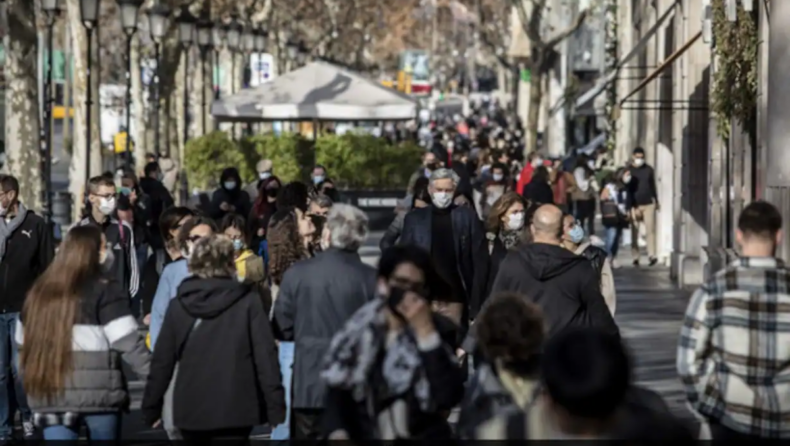fuels infections in Europe. Hospitalizations are on the rise, more rapidly than the recorded spike in infections in some cases.
o A super-transmissible subvariant of the omicron strain, called the BA.5, is fueling a fresh rise in infections
o Intensive-care admissions are increasing, according to the European Center for Disease Prevention and Control, which has flagged another wave of the disease.
A highly-transmissible subvariant of the omicron strain, known as BA.5, is responsible for fuelling a fresh increase in infections, causing cases to climb across the United Kingdom and the continent. Intensive-care admissions are on the rise, as per the European Center for Disease Prevention and Control, which has flagged that another wave of the disease is starting.
The curbing of restrictions on international travel and the rise of mass-participation events such as music festivals has also been aiding the spread of the virus. And cases are possibly far higher than the ones figures currently show, given that most countries have dramatically scaled backtesting.
The timing of the upsurge suggests that Covid isn’t yet seasonal. Instead, the successive waves of ever more infectious versions show that it’s not yet clear what living with the virus can mean in the long run, as stated by Martin McKee, professor of European Public Health at the London School of Hygiene and Tropical Medicine.
This isn’t exactly like seasonal influenza, he said, adding that there’s no assurance that the current vaccines will continue to be as effective against future variants. He said that they’re seeing waves rise every couple months. And as a consequence, a reassessment is due.
To combat the summer spike, the ECDC has issued new guidelines this week recommending that adults over the age of 60 and medically vulnerable people consider an immediate second booster instead of waiting for a shot that’s better adapted to current variants.
As per ECDC Director Andrea Ammon, considering that most people in that age group had their original boosters more than three to six months ago, immunity against the disease may be reducing.
In the UK, the government announced on Friday that it will widen its Covid booster shot campaign, to include everyone aged 50 and over. The infection rate is rising, and is at the highest since April in England, according to the latest survey.
Hospitalizations are also on the rise, in some cases quicker than the estimated spike in infections. The disparity between the measures is owing to less accurate surveillance, said Louise Blair, who is leading the vaccine and variants team at the London-based data firm Airfinity Ltd.
She added that the summer wave is a sign that the virus isn’t seasonal yet. Stating that they’re actually seeing cases and waves being driven by new variants rather than mingling with existing ones, Blair said. And the surge isn’t just confined to Europe.
The US Centers for Disease Control and Prevention stated that the BA.5 variant reportedly accounts for 65% of cases. Infections can possibly reach 600,000 cases per day, Bloomberg Intelligence alleged in a report, based on patterns recorded in South Africa, where omicron was first identified, and then in other parts of the world.
Currently, New York’s positivity rate is at its highest since January, and Los Angeles County also raised its Covid warning level this week. It has warned that if case numbers remain sustained, masks will be required indoors as well. In Japan, Tokyo has raised its infection alert to the highest degree.
From a psychological point of view, many people feel like they are caught in a limbo around the issue of Covid, Rachel McCloy, behavioral psychologist from the University of Reading said. The absence of restrictions implies that things are back to status quo, but the truth is that rates are rising, people are ill and at risk, and the issue isn’t as alleviated as it seems.
fuels infections in Europe













